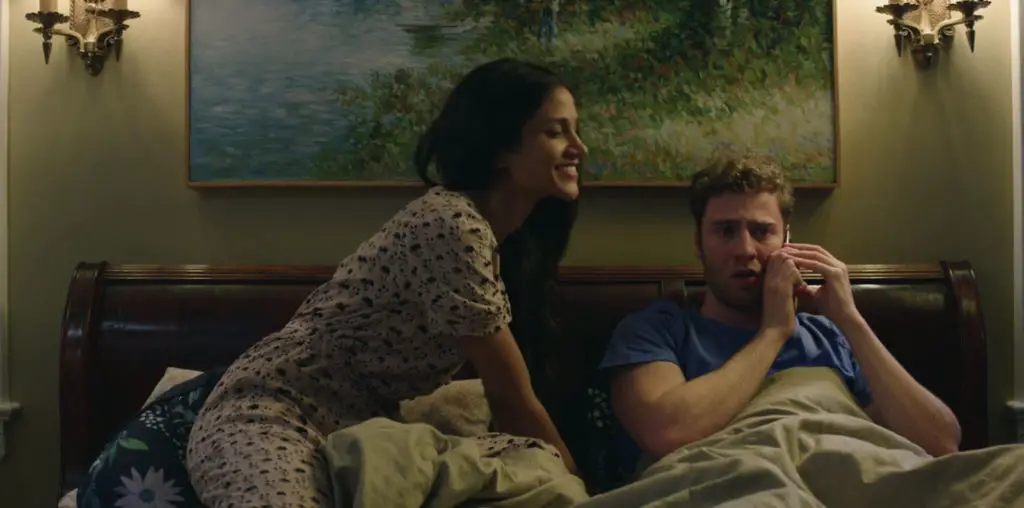
9/11 is one of those national tragedies that never really loses its bite. Perhaps it’s because it was the first foreign attack on native soil. Maybe it was the sheer scale of the attack. It might even be the fact that it marks a turning point in our nation’s history, wherein our entire paradigm of “safety,” and “liberty” was suddenly threatened in a non-existential way. To be honest, it’s probably a mix of all these things, and more.
I say all this because, as much as 9/11 is in the past, it’s still a very powerful wound for many who lost family and friends in the attack, including those who loved Welles Crowther, the subject of Man In Red Bandana. A documentary and a tribute, the film chronicles how Welles, a trader in the twin towers, became a beacon of hope when he personally saved nearly 20 people.

“…we are presented all the stakes to understand the weight of the sacrifice made.”
Man In Red Bandana however, spins its narrative before that fateful day in September. Starting with his childhood, director Matthew Weiss illustrates how this young man from upstate New York came to be the person who would brave floor after floor of infernos when he could’ve saved himself. Through in-depth interviews with Welles’ parents, Jefferson and Allison, and his childhood friends and teachers, we’re introduced to Welles from multiple angles. By cutting between their stories, Weiss builds a glowing profile of an intelligent, deeply empathic man. It’s a moving progression that makes Welles’ death that much harder to accept when the film actually gets to the day of the attacks.
Using stories from survivors of both towers and the people Welles rescued, the film goes into painful, hour by hour detail of just how the towers fell. With help from archival footage, choice re-enactments and sound design, Weiss is able to make us feel those horrific moments again – from the billows of smoke to the roaring of planes right before they made impact. It’s a great construction of subjective space that helps us understand, on a visceral level, the situation at hand. And it makes Welle’s heroism that much more impactful: we are presented all the stakes to understand the weight of the sacrifice made.

“By cutting between their stories, Weiss builds a glowing profile of an intelligent, deeply empathic man.”
Before tying up, the film threads an important needle: Welles’ heroism was disconnected from his identity for more than 6 months after 9/11. Part of this is due to the fact that his body wasn’t found until the final clean up was made and his parents were able to identify him. While the family got some closure, his mother still searched for any potential story about her son. Luckily, his father finds a newspaper and the connection is made via the most benign of things: Welles’ affinity for wearing a red bandana that was a family tradition. It’s a small thing that ends up having huge implications, and Weiss’ previous work building out Welles’ life pays this discovery off in full.
Post-discovery and connection, the film ties up with the extent of those impacts. From local organizations to then-President Obama, people across the nation recognized and upheld Welles’ name and acts. Immortalized in the 9/11 memorial museum, Boston College’s annual run and even in local football games, Welles rightfully earned his place as an American hero.
Man In Red Bandana (2017) Directed by Matthew J. Weiss. Written by Matthew J. Weiss. Alison Crowther, Jefferson Crowther, Welles Remy Crowther.
4 out of 5 Red Bandanas



Excellent review
Malik, thanks for your kind review. After 6 years of effort to make our film, it is always rewarding reading such complimentary feedback, and I appreciate your praise of our we carefully structured the story.